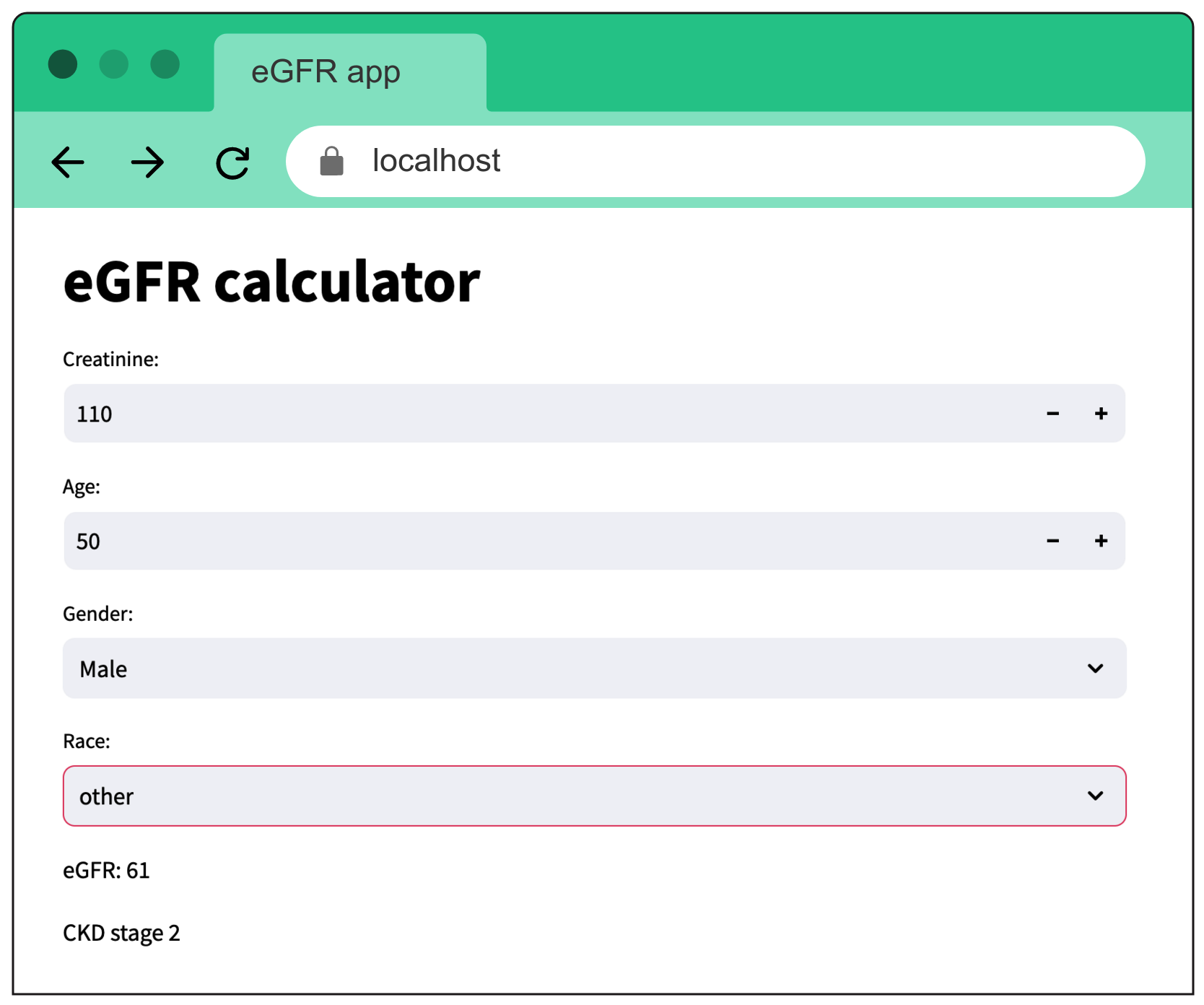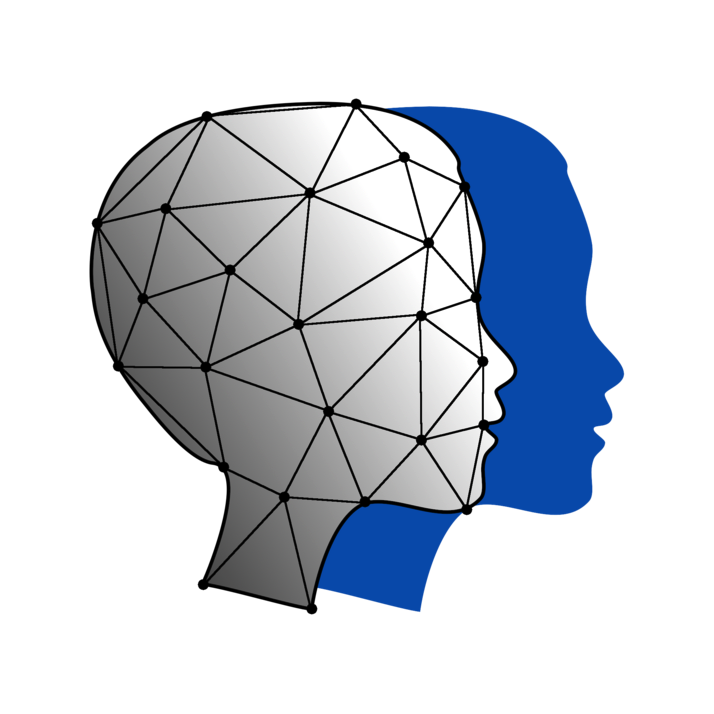Module 1 - OK, you now have the basics, what next?
Let’s Do Digital Team
Introduction
- Welcome and thank you for joining our course.
- We hope you enjoy the course and find it helpful.
- Please provide feedback at the end of the course, so we can help improve things further.
The coding environment
Module 0covered the coding environment and the basics of python coding.- We will quickly cover them again.
1st section - Python Programming
- Here we will get you doing some slightly more advanced python topics.

2nd section - Build an app
- In this section we will be building a clinical calculator app.

Tutor groups
- Everyone should have an assigned tutor group. If not, please do speak up.
Off we go to the shell
